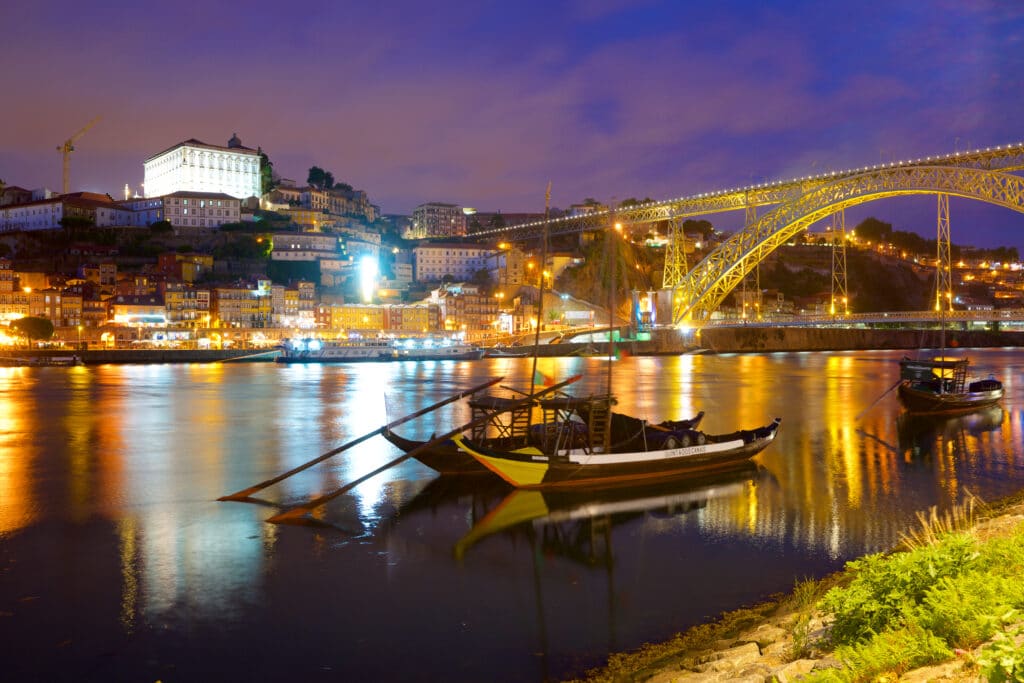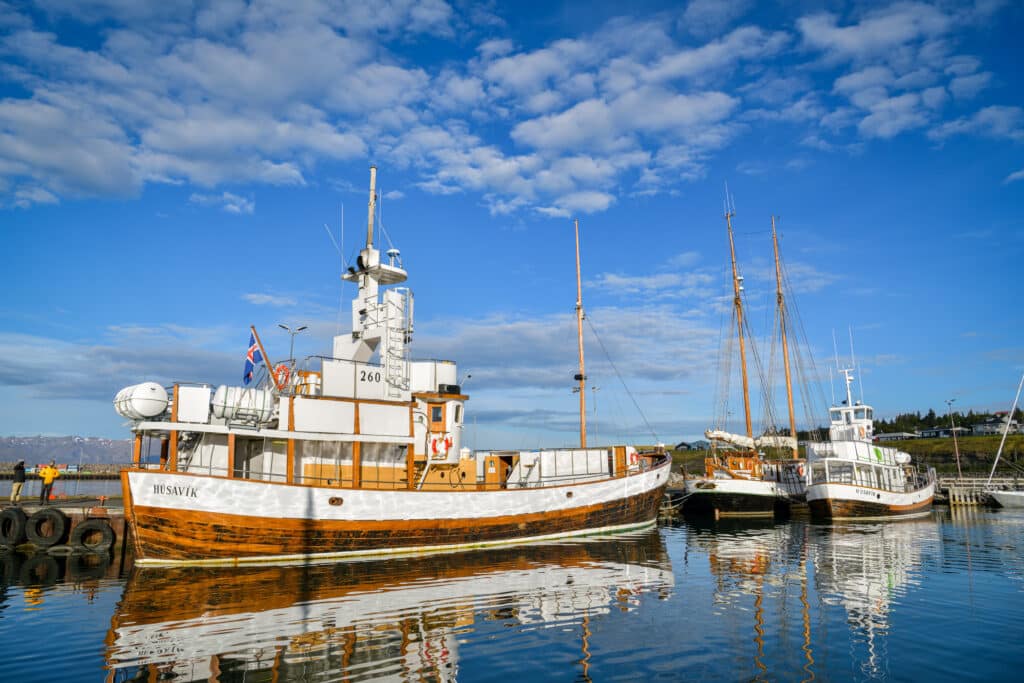Throughout the centuries, Europe’s rivers have served as lifelines for civilization, trade, exploration, and cultural exchange. Today, they offer an unrivaled journey into the past, gliding along the serene currents that once witnessed empires rise and fall.
Cruising Europe’s waterways — from the mighty Danube to the charming Seine — is more than a travel experience; it’s a step back in time, revealing the continent’s layered history and rich heritage from an intimate, ever-changing perspective.
The Danube: A Flowing Chronicle
Europe’s second-longest river, the Danube, stretches 2,860 kilometers across ten countries, tying diverse cultures and histories together in its liquid embrace. A Danube river travel typically starts in Germany and can journey as far as Romania’s Black Sea coast. Along the way, the river weaves past grand cities like Vienna, Budapest, and Belgrade.
Vienna’s imperial architecture, especially the ornate Hofburg Palace and St. Stephen’s Cathedral, speaks of Habsburg grandeur. Meanwhile, Budapest splits into the historic Buda and bustling Pest, with landmarks such as the Buda Castle and Parliament building reflecting a storied past.
Further downstream, the dramatic Iron Gates gorge presents a natural fortification historically coveted by empires from Rome to Byzantium.Each bend of the Danube reveals medieval villages, Roman ruins, and towering fortresses, showcasing Europe’s tumultuous yet resilient spirit.
The Rhine: Castles, Legends, And Romance
The Rhine River, meandering from the Swiss Alps to the North Sea, is legendary for its fairy-tale landscapes and mythic tales. Nowhere is this more evident than in the Middle Rhine Valley, a UNESCO World Heritage Site cradling over 40 castles and fortresses along its banks.
In Koblenz, the Deutsches Eck monument marks the meeting point of the Rhine and Moselle rivers, symbolizing German unity. Further south, towns like Bacharach and Rüdesheim offer cobbled streets, timbered houses, and an intoxicating blend of wine culture and medieval ambiance.
Lorelei Rock, a steep slate cliff rising above a narrow, treacherous stretch of the river, is shrouded in legend — a siren said to lure sailors to their doom. These tales, immortalized by poets and painters, imbue the Rhine journey with an ethereal quality, connecting travelers to Europe’s romanticized past.
The Seine: Paris And Beyond
The Seine River is synonymous with Paris — a city where every bridge, quay, and island pulses with history. Cruising through the heart of the French capital offers a view of some of its most iconic landmarks: the Eiffel Tower, Notre-Dame Cathedral, and the Louvre, each narrating a chapter of France’s saga.
Beyond Paris, the Seine leads travelers into the historic region of Normandy. Stops in Rouen showcase the Gothic splendor of Rouen Cathedral and the square where Joan of Arc met her tragic fate. Further downstream, the pastoral landscapes of Giverny invite visitors to Claude Monet’s house and gardens, where Impressionism bloomed.
Finally, the river reaches the port city of Honfleur, whose preserved medieval harbor inspired generations of artists and seafarers alike. The Seine is not merely a river but a cultural artery feeding centuries of art, architecture, and revolution.
The Douro: Portugal’s Golden Waterway

Unlike its grander European counterparts, the Douro River in Portugal offers a more intimate, rustic journey through the Iberian Peninsula’s heart. Once wild and untamed, the Douro is now navigable, winding through terraced vineyards, ancient towns, and sun-drenched valleys.
Cruises along the Douro reveal Porto, a vibrant city famed for its colorful riverside district and historic wine cellars. The riverbanks are lined with quintas (wine estates) producing the world-renowned Port wine — a tradition dating back to the 17th century.
Further inland, the ancient city of Salamanca in Spain, reachable from Douro ports, unfolds with its splendid sandstone architecture and lively university atmosphere, tracing its roots to the Middle Ages.
The Douro journey is a tribute to Europe’s agricultural legacy, enduring craftsmanship, and warm, welcoming traditions.
The Volga: Russia’s Deep Vein
Though technically outside traditional Western Europe, the Volga River’s historical significance cannot be overlooked. As Europe’s longest river, it courses through Russia, telling stories of czars, traders, and revolutionaries.
Volga cruises between Moscow and St. Petersburg (often linked by the interconnected rivers and canals) offer a glimpse into Russia’s imperial and Soviet eras. The gilded palaces of St. Petersburg, the onion-domed churches of Yaroslavl, and the medieval kremlins of Nizhny Novgorod stand as testaments to a complex, resilient culture.
Sailing the Volga brings forth a different European heritage — one of Eastern Orthodoxy, czarist opulence, and revolutionary zeal — that broadens any understanding of Europe’s diverse historical canvas.
Heritage Beyond The Water

What makes Europe’s river journeys especially rich is how they blend historical exploration with living culture. Unlike air travel, where history is often reduced to distant markers from a plane window, river cruising places travelers within the very heart of historical experience.
Markets bustle just steps from the dock, with craftspeople selling wares in the same squares that medieval traders once populated. Cathedrals echo with the same choral notes that filled them centuries ago. Fortresses, though silent, still command the landscape as reminders of conflicts and triumphs.
Local traditions — from Vienna’s coffeehouse culture to Portugal’s Fado music — breathe life into historical understanding, showing that heritage is not static but a living, evolving narrative.
Practical Tips For River Heritage Travel
Here are some practical tips when you’re starting your river cruse:
- Timing: Spring and early autumn offer the best conditions — mild weather, fewer crowds, and lively local festivals.
- Small Ships: Opt for smaller river vessels for more personalized experiences and access to quaint, less-touristy stops.
- Local Guides: Engaging a knowledgeable local guide at key stops can offer deeper insights into subtle historical nuances.
- Cultural Sensitivity: Many towns hold deep historical memories, including painful ones. Approach heritage sites with respect and a spirit of learning.
- Reading List: Enhance your journey with literature that ties into the regions you’ll visit — from “The Radetzky March” for the Danube to “All Quiet on the Western Front” along the Rhine.
Wrapping Up
Europe’s rivers are more than scenic wonders — they are storytellers, whispering secrets of bygone eras to those who travel their gentle currents. When marveling at a Gothic cathedral from the deck of a Seine cruiser or sipping wine beside the sun-kissed Douro, each journey becomes a vivid unfolding of Europe’s history and heritage.
To glide down these historic waterways is not simply to move through space, but through centuries, immersing oneself in a living, breathing museum without walls — where every ripple carries echoes of kings, artists, warriors, and dreamers.
- 2shares
- Facebook0
- Pinterest2
- Twitter0



